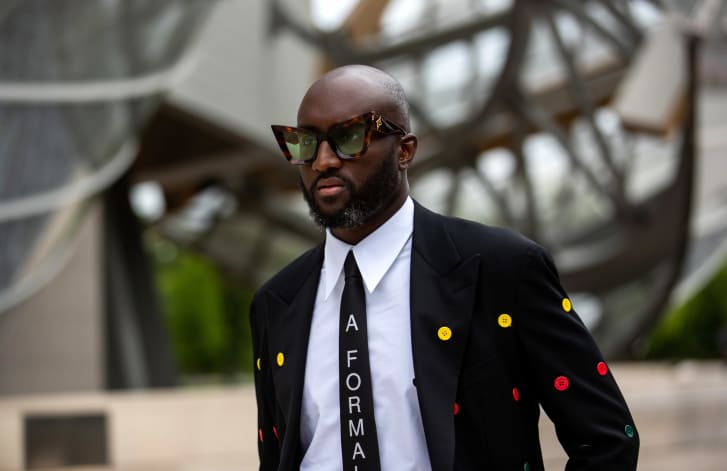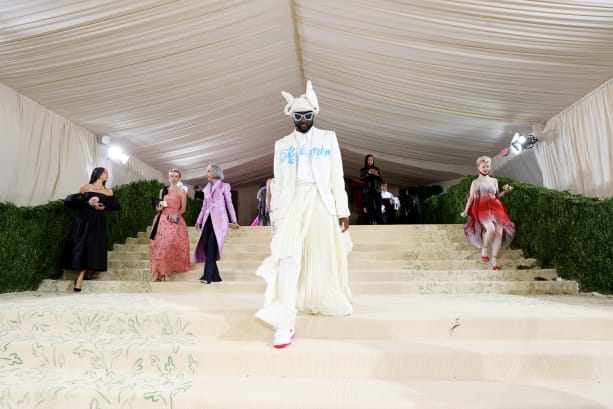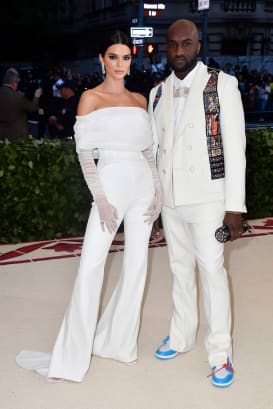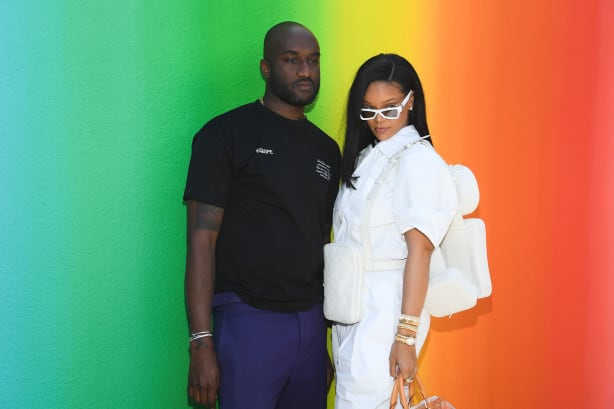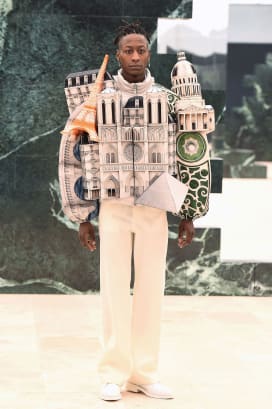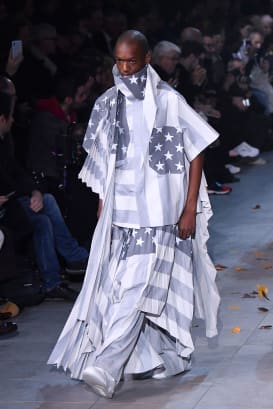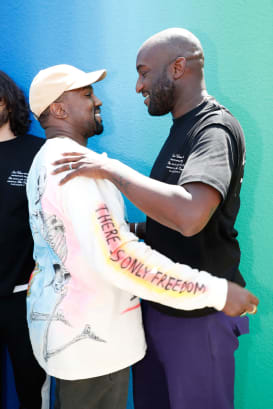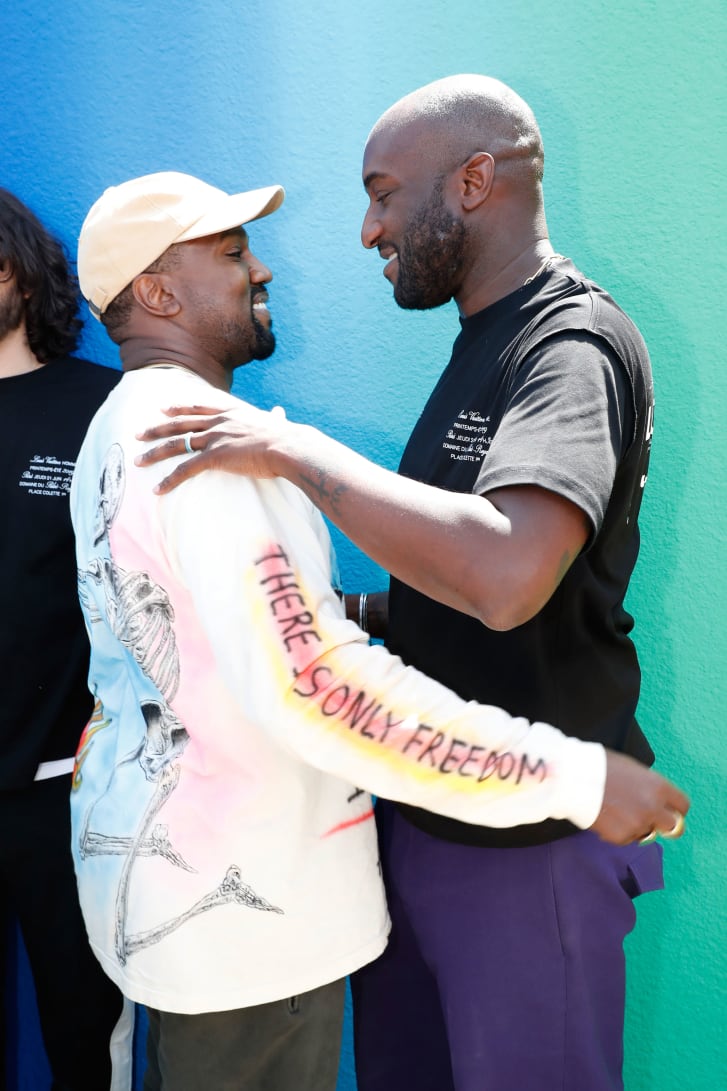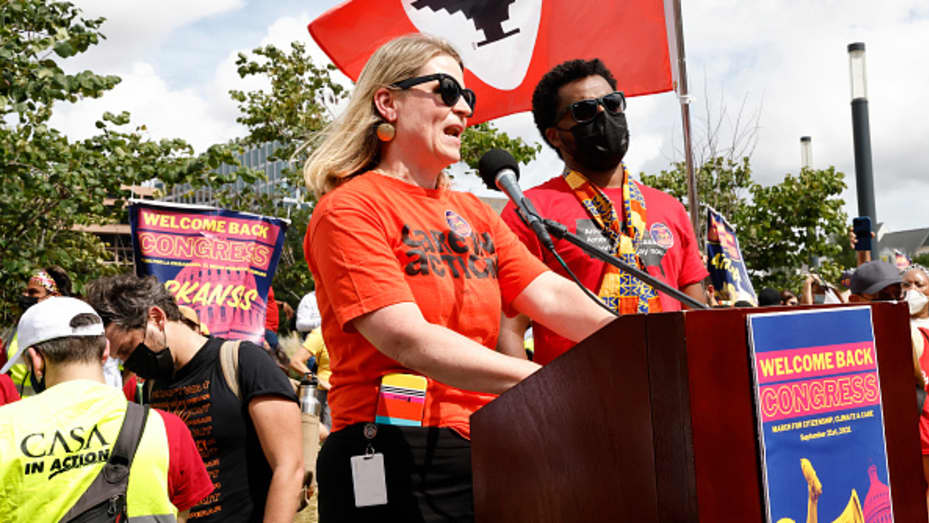![]()
![]()
COVID-19 Situation Report
![]()
Editor: Alyson Browett, MPH
Contributors: Clint Haines, MS; Natasha Kaushal, MSPH; Amanda Kobokovich, MPH; Christina Potter, MSPH; Matthew Shearer, MPH; Marc Trotochaud, MSPH; and, Rachel A. Vahey, MHS.
![]()
#GivingTuesday
Today is Giving Tuesday, a global day of philanthropy and giving back. You can make an impact on the future by supporting our work today.
The past 2 years have demonstrated the need for coalition-building and greater investment in public health—and trust in science. At moments like these, the public health community leaps into action to do what we do best.
The Johns Hopkins Center for Health Security is rising to every challenge, committed to protecting people’s health by providing answers to the questions of today.
Today, we’re asking you to support our work.
Please, make your gift of any amount. Your support helps our experts as they conduct vital research, translate progress, and equip future researchers, practitioners, and policymakers.
Your support helps us secure a healthier future for all.
![]()
OMICRON VARIANT OF CONCERN Scientists, policymakers, and the general public are on high alert since the WHO on November 26 designated the newly identified SARS-CoV-2 variant B.1.1.529 a variant of concern (VOC), named Omicron*, based on the advice of the agency’s Technical Advisory Group on Virus Evolution (TAG-VE). The advisory group felt there was enough evidence that Omicron might be more transmissible, cause more severe disease, or escape immune defenses based on its large number and concerning types of mutations, particularly those on the spike protein that helps the virus bind to and enter cells in order to replicate. The WHO warned on November 29 that Omicron could have “severe consequences” in some parts of the world, urging its member states to speed up vaccinations of high-priority groups and take other steps to prepare. So far, no deaths due to the VOC have been recorded and younger patients with Omicron have had mild symptoms, according to South African doctors, but scientists need more data to determine severity. Preliminary evidence shows there may be an increased risk of reinfection with Omicron, meaning people who have infection-induced immunity may be at an increased risk of infection, just as we saw with Delta. Vaccination reduces the risk of severe disease, even with Delta infection, and the same could be true with Omicron. But many uncertainties remain, regarding whether Omicron is more transmissible or capable of immune escape, and public health advice likely will shift as more is learned about the VOC over the coming weeks. Despite global anxiety over Omicron, the WHO said most of the new COVID-19 cases globally are due to infection with the widely circulating Delta VOC.
South African officials first reported the new variant to the WHO on November 24, with the first known confirmed B.1.1.529 infection from a specimen collected on November 9. Notably, Dutch officials today announced they detected Omicron in samples collected nearly 2 weeks ago, days before 2 flights carrying infected passengers arrived in the Netherlands from South Africa and an indication the variant has been circulating for much longer than initially suspected. The number of Omicron cases appears to be increasing in nearly all South African provinces, as the country experiences a sharp increase in the daily number of new COVID-19 cases nationally and hospitalizations locally near the epicenter in Gauteng. South Africa has recorded 124 Omicron cases and at least 16 other nations have confirmed cases of Omicron. The US CDC on November 26 said no cases of Omicron have been detected in the country to date; we expect the first US cases to be identified over the coming days. International health officials and national leaders, including the G7 Health Ministers, commended the governments of South Africa and Botswana for quickly sharing information about the new variant with the WHO.
But that praise likely fell on deaf ears, as more and more countries implement travel restrictions on southern African nations, giving rise to even greater resentment among many Africans who already feel neglected because of continued vaccine hoarding among wealthy nations. For example, Israel closed its borders to all foreign nations for 14 days after confirming 1 case of Omicron in the country, and Japan and Morocco suspended all incoming flights for 1 month and 2 weeks, respectively. Several other countries have implemented travel restrictions, including the US, which on November 26 announced it will restrict travel from Botswana, Eswatini, Lesotho, Malawi, Mozambique, Namibia, South Africa, and Zimbabwe. Notably, of those nations, only South Africa and Botswana have confirmed Omicron cases. US President Joe Biden on November 29 said Omicron should be “a cause for concern, not a cause for panic,” adding that he does not anticipate more travel bans “at this point.” The comments raised questions about the effectiveness of the travel restrictions on southern African nations, especially as more countries outside the continent record Omicron cases.
The WHO called on nations with travel restrictions to ensure they are scientifically based and in line with the International Health Regulations (IHR). South Africa’s President Cyril Ramaphosa went a step further, urging nations to drop their travel restrictions and calling the measures “completely unjustified” and discriminatory. It is unlikely that travel restrictions will have any impact on the spread of the respiratory illness, especially after the variant clearly has spread worldwide, having now been detected on 5 continents—Africa, Asia, Australia, Europe, and North America—and community transmission is already occurring. The most effective individual preventive measures continue to include being fully vaccinated, wearing a well-fitting mask, frequent handwashing, avoiding crowds, and isolating if symptomatic, diagnosed with COVID-19, or exposed to someone with COVID-19. On a population level, it is imperative, now more than ever, that wealthy nations provide the support and resources necessary to help vaccinate, diagnose, and treat people in low- and middle-income nations (LMICs).
*The next 2 letters in the Greek alphabet naming convention were “Nu” and “Xi.” However, the WHO skipped those 2 letters because “Nu” could be confused with the word “new” and “Xi” is a common surname in China.
VACCINE MAKERS’ RESPONSE TO OMICRON Emergence of the Omicron SARS-CoV-2 variant in southern Africa has vaccine manufacturers discussing vaccine effectiveness and the possibility of updating vaccines to make them variant-specific. Omicron has around 50 mutations, and more than 30 of the mutations are located on the viral spike protein that is responsible for entry into host cells. The SARS-CoV-2 spike protein also is one of the primary antibody targets for the immune system. According to some analysis, most of the antibody target sites on Omicron’s spike protein are mutated, and several of those differences could indicate that Omicron is capable of escaping current vaccine formulations. A subset of Omicron’s spike mutations have been previously reported in the Beta and Delta variants, but 26 spike mutations are believed to be unique. Scientists are anticipating a decrease in antibody neutralization of the virus, and doctors in South Africa are reporting reinfections in patients who have already recovered from COVID-19.
Pfizer-BioNTech, Moderna, AstraZeneca, and J&J-Janssen—as well as laboratories worldwide—are working to determine how well the current vaccine formulations hold up against Omicron. Data from these experiments are expected within the next 2 weeks. Pfizer-BioNTech and Moderna said they could have variant-specific booster doses ready to ship in about 3 months. It will likely take several weeks before we know if current vaccine formulations are effective against Omicron, but they are expected to continue to help reduce the risk of hospitalization and death due to COVID-19. As a result, primary vaccination and booster doses are recommended for every person who is eligible to receive one.
VACCINE ACCESS The swift emergence and potential threat of the newly identified Omicron variant of concern (VOC) is being called a “We told you so” moment, as SARS-CoV-2 continues to spread in unvaccinated populations, largely located in low- and middle-income countries (LMICs). Wealthy nations and pharmaceutical companies have failed African nations and low-income countries by not delivering and helping distribute SARS-CoV-2 vaccines efficiently under a coordinated global plan, instead cutting in line, buying up supplies, not sharing technology, and therefore leaving large swaths of people vulnerable to infection. In a joint statement, the African Vaccine Acquisition Trust (AVAT), the Africa Centres for Disease Control and Prevention (Africa CDC), and COVAX said that while more than 90 million donated doses have been delivered to Africa through COVAX and AVAT—and millions more through bilateral agreements—most of the donations have been ad hoc, giving countries little notice before having to use doses close to expiration. The organizations called for the international community to commit to establishing reliable, consistent supply chains beginning January 1, 2022. One development that possibly could help to make this request a reality is the resumption of vaccine deliveries from the Serum Institute of India, following an 8-month pause of vaccine exports.
On November 26—the same day the WHO designated Omicron a variant of concern (VOC)—US President Joe Biden urged countries expected to attend the World Trade Organization (WTO) 12th Ministerial Conference (MC12) this week to approve a proposal that would temporarily waive intellectual property (IP) protections for SARS-CoV-2 vaccines, therapeutics, and diagnostics technology. Such a waiver would make it easier for vaccine manufacturers in other countries to make vaccine doses for distribution to LMICs. However, late that day, the WTO indefinitely postponed the meeting, which was set to run from today through December 3, due to the announcement of travel restrictions and quarantine requirements implemented due to the designation of Omicron. This is the second time the WTO directorate has postponed MC12. WTO Director-General Ngozi Okonjo-Iweala urged countries to continue negotiations until an in-person meeting can be held. Nursing unions from 28 countries and territories have filed a complaint with the UN Special Rapporteur on the Right to Health Dr. Tlaleng Mofokeng, calling for an investigation into how the actions of several nations to not support an IP waiver at the WTO allegedly violate the “right to physical and mental health of everyone” during the COVID-19 pandemic.
To date, the companies that make the mRNA SARS-CoV-2 vaccines have refused to share information and technology that would enable other companies to make generic versions. South Africa-based Afrigen Biologics and Vaccines is working to replicate Moderna’s vaccine formula, but that process could take 3 years. Notably, the company could begin manufacturing a replica within a year if Moderna supplied the relevant information. Until a vaccine formula is hacked or shared, only a handful of countries will continue to manufacture vaccines—including China, several European nations, India, and the US—furthering supply chain bottlenecks.
US/UK BOOSTER GUIDANCE With prevailing uncertainties on the characteristics of the Omicron variant, the US and UK governments have strengthened their recommendations for all adults to receive booster doses of a SARS-CoV-2 vaccine. Previously, the US CDC had authorized booster doses for all adults but said young adults may get a booster if they wanted. In their revised language, the CDC recommends that all adults, regardless of age, should get a booster dose. Specifically, all adults should get their booster once they are 6 months post-Moderna or Pfizer-BioNTech vaccination, or 2 months post-J&J-Janssen vaccination. CDC Director Dr. Rochelle Walensky stated that booster doses “have demonstrated the ability to safely increase people’s protection against infection and severe outcomes,” and cited the upcoming winter holiday season and the Omicron variant as extra incentives to get boosted to prevent another winter surge. Dr. Walensky also emphasized the importance of getting tested if you feel sick, which could further help identify the spread of the Omicron variant. Pfizer-BioNTech reportedly plans this week to apply for US regulatory approval for booster doses for 16- and 17-year-olds.
The UK also expanded booster dose eligibility to all adults and halved the gap time from 6 months to 3 months in an effort to stave off the new variant. The UK has reported 11 cases of Omicron. The Joint Committee on Vaccination and Immunisation (JCVI) made a series of recommendations that were accepted by the government, including saying children aged 12 to 15 should be eligible to receive a second vaccine dose and severely immunocompromised people can receive a fourth dose after their 3-dose primary series. The government also announced new rules requiring face masks be worn in shops and on public transportation in England and all contacts of Omicron cases will be required to self-isolate regardless of vaccination status.
WHA SPECIAL SESSION With the designation of Omicron as the latest variant of concern showing the COVID-19 pandemic is far from over, the World Health Assembly (WHA) began a special session on November 29 with the intent of formally beginning talks on a global pandemic treaty. Following recent breakthroughs in negotiations, the final resolution says that member nations will establish “an intergovernmental negotiating body” to “draft and negotiate a WHO convention, agreement or other international instrument on pandemic prevention, preparedness and response,” with a focus on the final document being adopted as a binding international treaty under Article 19 of the WHO constitution. The US, along with several other nations, had opposed a legally binding treaty, but it appears the US has at least partially relented. The only other such WHO treaty is the Framework Convention on Tobacco Control. In his opening statement, WHO Director-General Dr. Tedros Adhanom Ghebreyesus said Omicron “demonstrates just why the world needs a new accord on pandemics,” noting that COVID-19 “is not done with us.” If member states agree to work on new international rules for pandemic preparedness and response, the process would begin no later than March 1, 2022, and a final outcome would come into force in 2024, but only if the process runs smoothly. In a November 28 opinion piece, Dr. Tedros noted that the COVID-19 pandemic will not be the last, and preparing for “more inclusive, equitable, and accountable” governance will help bolster future global health security systems.
US HEALTHCARE WORKER VACCINE REQUIREMENT A federal judge has issued a preliminary injunction against the Biden administration’s SARS-CoV-2 vaccine requirement for certain healthcare workers. The mandate, issued through the Centers for Medicare and Medicaid Services (CMS), requires healthcare workers to get vaccinated against COVID-19 or risk their facilities losing Medicare and Medicaid funding. It states that workers must receive their first dose by December 6 and their second dose by January 4. The preliminary injunction blocks the mandate from taking effect in 10 states: Missouri, Nebraska, Arkansas, Kansas, Iowa, Wyoming, Alaska, South Dakota, North Dakota, and New Hampshire. US District Judge Matthew Schelp handed down the injunction citing possible flaws in the policy’s language and a lack of input from Congress. He also cited the potential for healthcare facilities to become severely understaffed while multiple healthcare workers take sick leave to recover from vaccine side effects. While the injunction is a step back in efforts to vaccinate all healthcare workers, it is not a final ruling on whether the mandate can move forward. Legal experts have commented that the mandate appears to be firmly based in the authority that CMS has over how facilities receiving federal funding are run. Regardless, the lawsuit must now move through the court system, and possibly end up before the US Supreme Court.
MOLNUPIRAVIR Merck and Ridgeback Biotherapeutics announced new results from their MOVe-OUT study examining the companies’ investigational COVID-19 treatment molnupiravir, a ribonucleoside analog drug designed to inhibit replication of SARS-CoV-2. The data indicate that molnupiravir may be less effective than initial studies suggested. The initial results, released in October, demonstrated a 48% relative risk reduction among a group of 775 participants. The new results show a 30% relative risk reduction among a group of 1,433 participants. There were 9 deaths in the placebo group of the study and 1 death in the group that received molnupiravir. Merck published the data ahead of a meeting of the US FDA’s Antimicrobial Drugs Advisory Committee, set for today. The committee is expected to discuss questions involving whether the drug should be available to people who are pregnant, whether the drug could lead to the development of new SARS-CoV-2 variants, and whether molnupiravir should be authorized for everyone or only certain groups of people. Another potential topic of discussion include the potential risk of mutations, which were detected with an Ames test but not detected in a follow-up animal study

